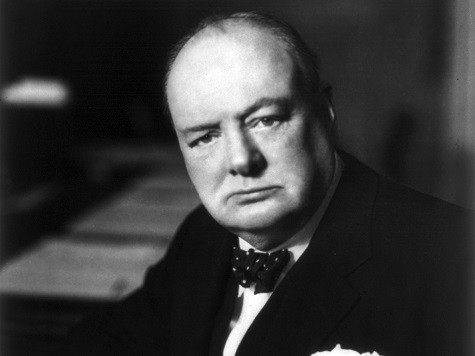This article was written by Craig Shirley and originally posted in RealClearPolitics:
In late December of 1941, there was no way Americans could look into the future and foresee the blood, toll, tears, and sweat that would be required of them—nor the ultimate outcome of what few were then calling World War II. Yet in time, American children would be writing to Santa Claus and asking for war bonds.
On December 26, 1941, the United States was losing the new great world war. Nearly 3,000 Americans had died in the surprise attack on Pearl Harbor 19 days earlier, most of them servicemen in the Army and Navy. In the sunken USS Arizona, faint tapping through the hull had been heard for days, but there was no way to get to the doomed men.
One luckier sailor aboard the USS Oklahoma, which was also capsized, found himself trapped for nearly two days, hanging by a pipe in the blackness and cold water, the sounds of dying men all around him. Finally, he heard an acetylene torch cutting through the hull, all the time wondering if it was Americans there to save him — or Japanese to kill him.
Read the rest of the article here.

COMMENTS
Please let us know if you're having issues with commenting.